
Several years ago, a new type of light fixture first appeared in the aquarium hobby and really changed the way we kept planted and reef aquariums: the compact fluorescent light bulbs. These narrow, u-shaped tubes put out more light per watt than traditional fixtures and really didn't require anything special: you can buy a regular strip light that replaces the standard one and grow high light plants, even many corals under it. Before long, this technology began to migrate and now all the lamps in my house have funny cork-screw bulbs that are derived from the same technology.
Today, a new type of lighting is sweeping the aquarium market, LEDs. Let's take a look at the history behind these lights for the aquarium trade and how they're affecting the market.
The LED first appeared significantly in the aquarium market about 10 years ago, as a "moon light," which many people mistakenly or jokingly referred to as a "mood light." They appeared on high output lighting as little tiny blue bulbs. They used only a couple of watts of electricity, and put out very little light, all of it in the blue spectrum. The idea was that they would simulate moon light at night, and potentially stimulate corals and nocturnal animals to spawn (hence the pun of "mood" light).
Before long, the LED lights had made their transition to aquarium toys: there were a number of small aerating ornaments introduced that featured LEDs. This continues to be major use for them, and the effect of an air bar with tiny lights shining into the spray is quite neat. About the same time, LED lights began to show up for some other low light uses, such as under cabinet lights, night lights, and the like. Some inventive aquarists began experimenting with using these on the aquarium, and some manufacturers took notice.
A couple of years ago, several companies began working with LED light fixtures that used several high output LEDs to light an aquarium, with the idea of replacing metal halide and power compact fixtures. These LEDs would bring a number of advantages to the aquarist: first and foremost, they don't generate anywhere near the heat as a traditional high output fixture. Many aquarists using traditional fixtures found their aquarium temperatures to be simply unsuitable. As a result, they had to invest in expensive, noisy, and bulky chillers to maintain cool temperatures. These beasts also used a tremendous amount of electricity: think of having a small air conditioner running year round, inside your house.
Second, the units never need bulb replacements. Many aquarists don't realize this, but as a fluorescent light bulb ages, its color spectrum changes. It becomes increasingly yellow, which actually causes more algae in a freshwater aquarium, and makes it less suitable for growing plants or corals. This is caused by reasons determined by quantum physics, and despite what some retailers will tell you, the price of a light bulb does not affect the laws of the Universe. It doesn't matter if your bulb is a $10 standard fluorescent bulb or a $100 high output T5 or power compact, after about six months, the bulb needs to be replaced. LED lights do not suffer from this spectrum shift, and are good from the day you buy them to the day they fail. Most have an estimated life span of about five years.
Most importantly, from a conservation point of view, LED light bulbs use tremendously less electricity to produce the same amount of light: the whole watts-per-gallon rule is thrown out of the bucket (which was silly to begin with, a 40-watt incandescent bulb doesn't compare to a 40-watt fluorescent tube, really!). When they were first introduced to the market, this advantage was greatly offset by their extremely high costs. Today, though, LED units have dramatically decreased in cost, and while they remain expensive, they often save more money in just a short amount of time than the aquarist would spend on electricity, not to mention bulb changes.
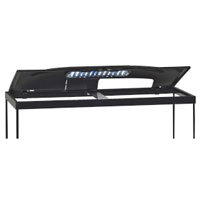
Increasingly, we're seeing LEDs replace traditional lighting uses altogether. About a year ago, one of the major manufacturers of aquariums, Marineland, introduced new aquarium hoods that replaced the traditional fluorescent fixture with an LED unit. I was able to see an entire show room done with these lighting units when they graciously donated tanks to the American Cichlid Association's convention here in DC; these lights look fantastic. They do cost marginally more than a standard fluorescent top does: but the cost difference is so small as to be eaten by saved electric costs in just a few months. (I use several LED systems from Marineland, and thus far, my only complaint is that many of them use those boxy AC/DC converters that take up 2 outlets on a strip light. Some use a converter halfway up the cord: they should all, but then, I think everything should have the converter there).
Additionally, Marineland has entered the high-output market, which has brought the prices of high end LED units down dramatically. Many other smaller manufacturers continue to make even higher output units, many of which include unique features. Many of these lights are programmable, something not found in fluorescent or halide systems. They don't simply have "on" and "off" modes, but can adjust their output. I recently saw a high-output LED system that was outright painful to look at it was so bright. This was its "high noon" setting. It had the ability to slowly brighten and dim the lights, allowing a "natural" sunrise and sunset. It even had a moonlight setting, and a "thunderstorm" setting, which dimmed the lights dramatically and then caused them to flash for very brief periods every few minutes (like lightning).
For aquarists, this new technology can dramatically change the way we light our aquariums, whether we're growing plants or corals or just want to watch the fish. The lowered electrical usage is something to be embraced, though the initial cost remains a bit higher than traditional lighting. The only downside of these units is that the entire unit will eventually expire, requiring replacement. However, the amount of material used in them is not really much more than the bulbs: it's likely that they generate less trash than a standard unit would with bulb replacements. (My only fear is dropping one of the more expensive units. While dropping a $100 bulb is a good way to ruin a week, dropping an entire fixture. . . )
I encourage aquarists to check out the LED fixtures and consider them the next time they need to replace a light bulb, or are buying a new aquarium.
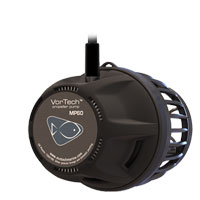 EcoTech Marine, Eheim, and Rolf C. Hagen (USA) Corp. Win Pet Product News International Editors Choice Awards
EcoTech Marine VorTech MP60.
Eheims Aquastyle Aquarium.
EcoTech Marine, Eheim, and Rolf C. Hagen (USA) Corp. Win Pet Product News International Editors Choice Awards
EcoTech Marine VorTech MP60.
Eheims Aquastyle Aquarium.
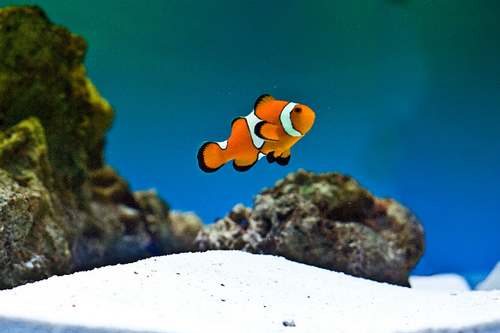 How to Set Up a Fish Tank
As with many things in life, one person’s definition of idea
How to Set Up a Fish Tank
As with many things in life, one person’s definition of idea
 UV Sterilizers and Freshwater Discus Aquariums
Q. I have a 90-gallon freshwater aquarium that is bare-
UV Sterilizers and Freshwater Discus Aquariums
Q. I have a 90-gallon freshwater aquarium that is bare-
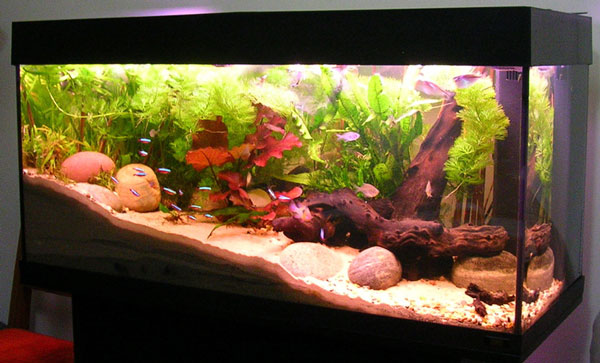 Freshwater Aquarium Beginners Guide
Aquariums are beautiful additions to virtually any living ar
Freshwater Aquarium Beginners Guide
Aquariums are beautiful additions to virtually any living ar
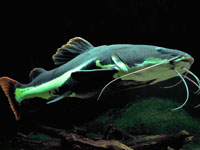 Red-Tailed Catfish in Home Aquariums
Q. The owner of my local fish store (LFS) sold me a red-tail
Red-Tailed Catfish in Home Aquariums
Q. The owner of my local fish store (LFS) sold me a red-tail
Copyright © 2005-2016 Pet Information All Rights Reserved
Contact us: www162date@outlook.com